Derinkuyu Underground City, Turkey 19 – 5/2014
Before we left the Cappadocia area there was one more place we had to visit. Over the years, we have seen some amazing underground construction. The famous Salt Cathedral of Zipaquirá in Columbia is a Roman Catholic church built within the tunnels of a salt mine 200 meters (660 ft.) underground. The Hole N” The Rock home in Moab, Utah is a 5,000 square foot home with 14 rooms. A cavernous bathroom is referred to as “a toilet in a tomb.” Albert Christiansen spent 12 years drilling and blasting out his hole in the rock, and even then it wasn’t finished when he died in 1957.
Given the engineering skills of the Swiss it’s not a big reach to grasp how they built the Forte Ospizio San Gottardo in 1894 at the summit of the Gotthard Pass, Switzerland. The Fort mounted two single 120mm gun turrets, both capable of reaching the Italian border. Completely underground and out of sight, the complex included dormitories, kitchens, ammunition depots, generators, repair shops, field hospitals, rooms for the sick, bakeries, etc. and provided space enough to accommodate 100 to 600 soldiers for a timespan of up to several months.
Now we stand in front of Derinkuyu, (“Deep Well”), Yeralti Sehri, (“Underground City”). Located in Cappadocia, Derinkuyu is a large multi-level underground city. It provided a refuge for the region’s Proto-Anatolian inhabitants through the ages. From Byzantine times through 1923, it was known by its Cappadocian Greek inhabitants as Malakopea. It served as a refuge from the raids of the Umayyad Arab and Abbasid armies. The city, and we can call it a city because it had the capacity for 20,000 people, contained living quarters, food stores, kitchens, stables, churches, wine and oil presses, ventilation shafts, wells, and a religious school. It has at least eight levels with a depth of 85 m, (280 ft.).
Now open to the public, as we walked through its tunnels, rooms and pillared caverns, it was hard to imagine that this was all dug by hand; no power tools, no electricity, no dynamite and maybe not even any wheelbarrows. The massive complex may have been excavated one bucket at a time.
The historical region of Cappadocia where Derinkuyu is situated contains over 200 underground cities, carved out of a unique geological formation called tufa. All are at least two levels deep. They are not generally occupied today. Derinkuyu is one of the best examples.
The oldest written source about underground cities is the writings of Xenophon around 370 BC. In his seven-book series, Anabasis, he writes that the people living in Anatolia had excavated their houses underground, living well in accommodations large enough for the family, domestic animals, and supplies of stored food. That’s 2,386 years ago! The city’s origins may even be earlier than that, possibly related to the ancient Persian Zoroastrian tradition. We need not go back any further than that to appreciate these amazing underground feats of labor and engineering.
PS. National Geographic reports that in December 2014 yet another underground city was discovered. This one is even larger than Derinkuyu and contains over 50 miles of tunnels and 11 levels. It is located under the fortress of Nevşehir in the Cappadocia region and may be the largest in the world.
- Derinkuyu is one of the best examples of the amazing underground cities in Cappadocia.
- As we walked through its tunnels, rooms and pillared caverns, it was hard to imagine that this was all dug by hand. Sorry no electricity back then. You can forget being claustrophobic.
- Will the last person leaving please close the door? The big stone wheel that rolls across the entry is something right out of Raiders of the Lost Ark.
- Height of the ceilings were kept to a minimum for obvious reasons.
- If 20,000 people were inhabiting this city they had to have water.
- We seem to remember that this was once a grave of someone important, accessed through a tiny door.
- Ventilation shafts brought fresh air into the various levels.
- Sorry, no elevators. All levels were reached by a series of carved stone steps. Remember there was no electricity or LED flashlights. Must have been exciting getting home at night or day for that matter.
- In ancient times there were no flash lights, only oil lamps.
- You can still see the chip marks of someone having carved out a room many centuries ago.
- Judging by the smoke on the ceiling, we guess this might have been a cooking area.
- With its large drain in the corner, this could’ve been a communal bathtub.
- The eight levels were connected by steps and could be sealed from each other with rolling stone doors. Quite ingenious!
- These underground cities were all about security. Here’s another example of one of those cool rolling stone doors.
- This placard on the outside was the only indication of what we were about to see as we walked into the depths of the underground city.
- This single level map shows some of the complexity of Derinkuyu.
- The Salt Cathedral of Zipaquirá in Columbia. Photo source: britchampost.wordpress.com
-
A closer view of the alter in the Salt Cathedral of Zipaquirá in Columbia.
Photo source: www.behance.net
-
Albert Christiansen spent 12 years drilling and blasting out his Hole in the Rock home south of Moab, Utah. It wasn’t finished when he died in 1957.
Photo Source: Hole N” Rock
- Photo Source: Hole N” Rock
-
The Forte Ospizio San Gottardo at the summit of the St. Gotthard Pass in Switzerland built in 1894 was completely underground and out of sight.
Photo Source: Forte Ospizio San Gottardo
-
The complex included dormitories, kitchens, ammunition storage, field hospitals, bakeries, etc. and provided space enough to accommodate 100 to 600 soldiers for a timespan of up to several months.
Photo Source: Forte Ospizio San Gottardo



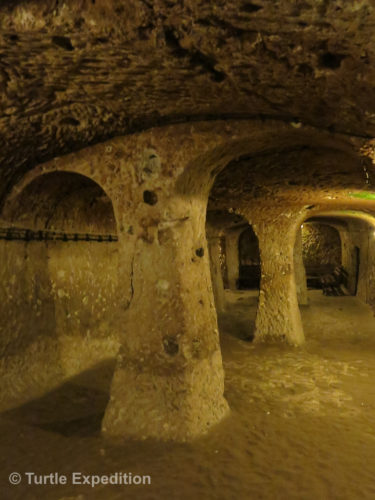
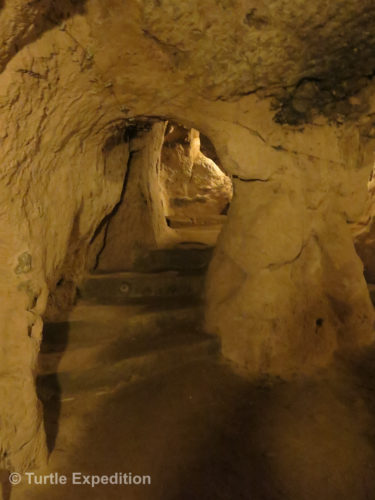
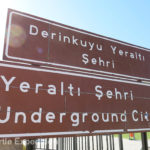
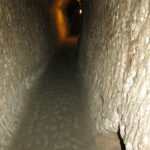
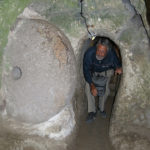
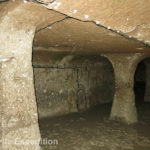
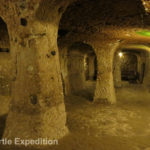
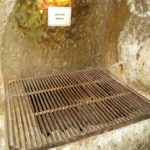
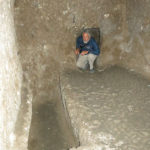
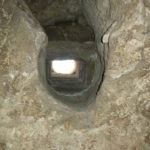
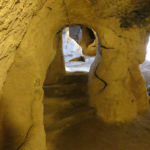
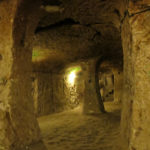
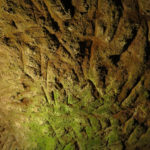
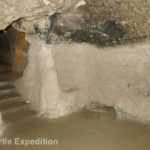
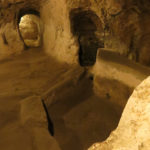
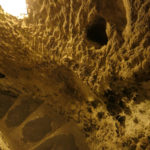
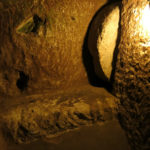
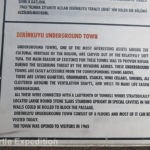
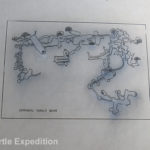
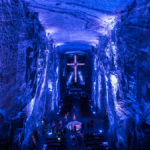
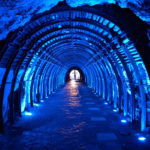
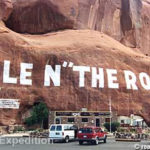
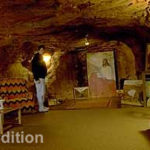
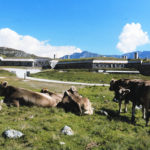
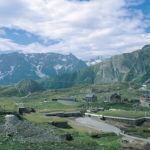





Leave a Comment